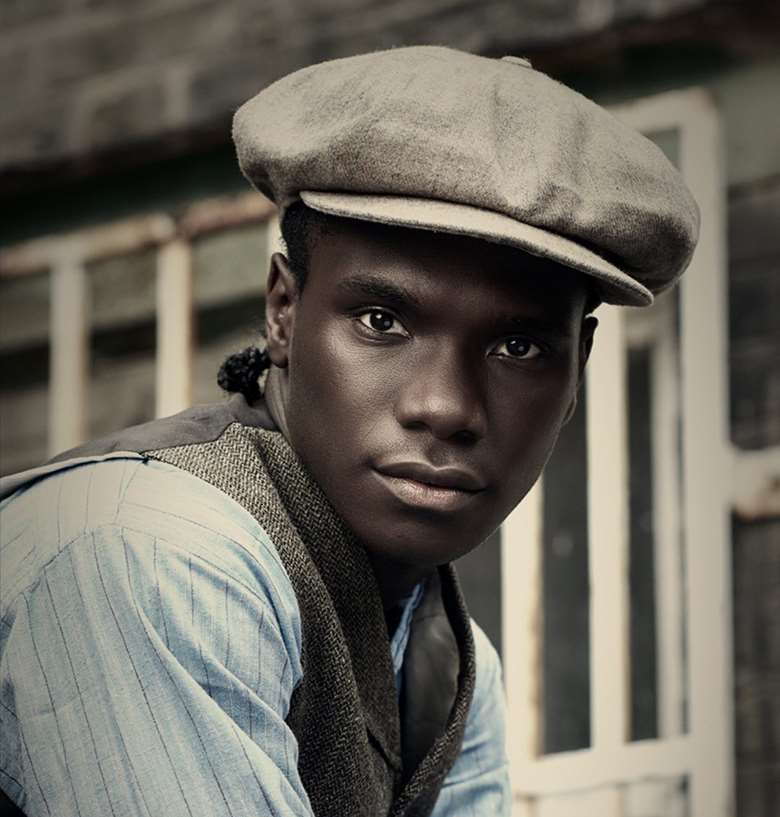Rising Star: Michael Ahomka-Lindsay
Monday, February 5, 2024
There’s no stopping this charismatic young performer, last seen tearing up the stage as Jack Kelly in Newsies


Register now to continue reading
Thank you for visiting MusicalsMagazine.com. Sign up for a free account today to enjoy the following benefits:
- Free access to 3 subscriber-only articles per month
- Unlimited access to our news, podcast and competitions pages
- Free email newsletter